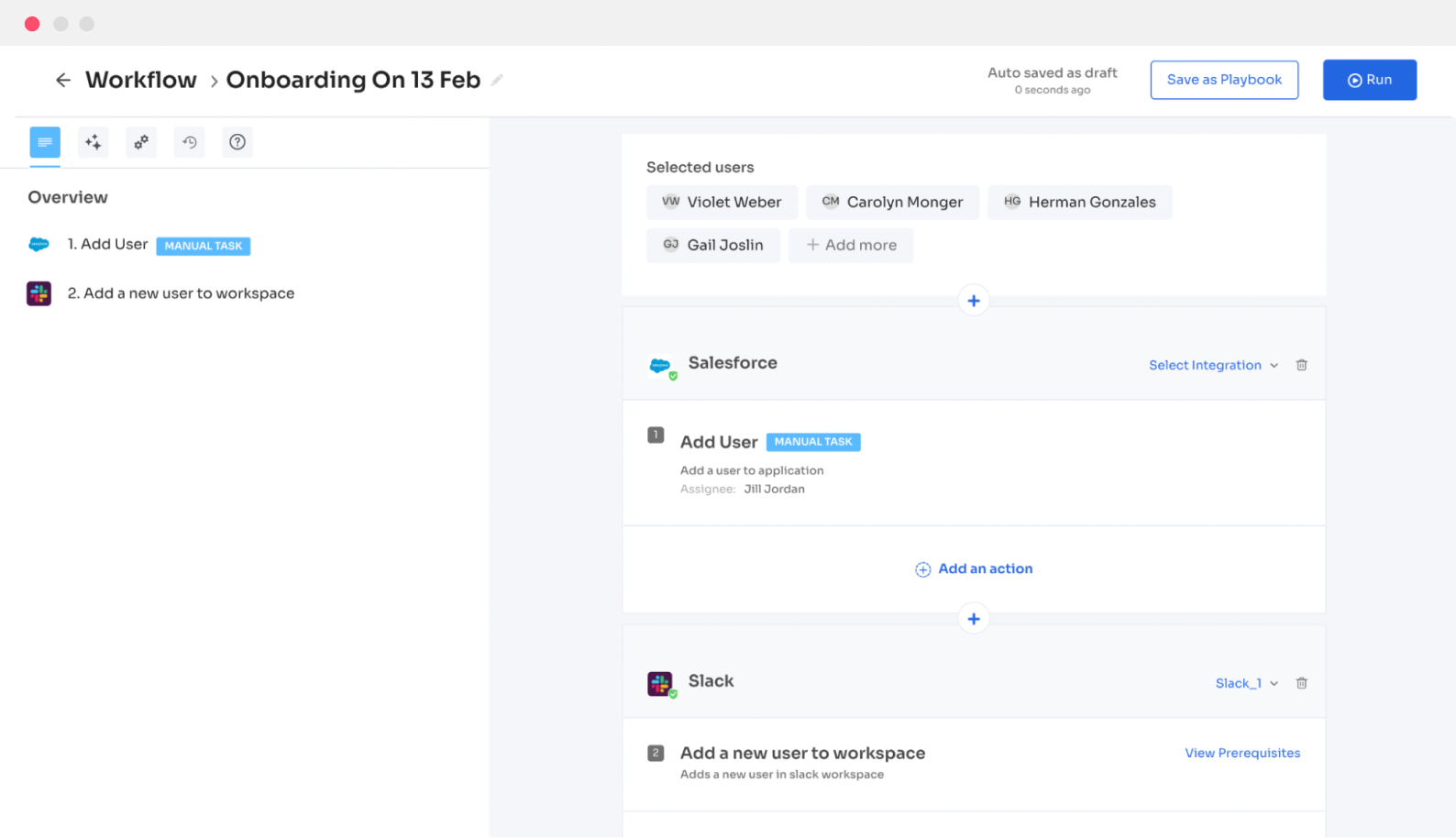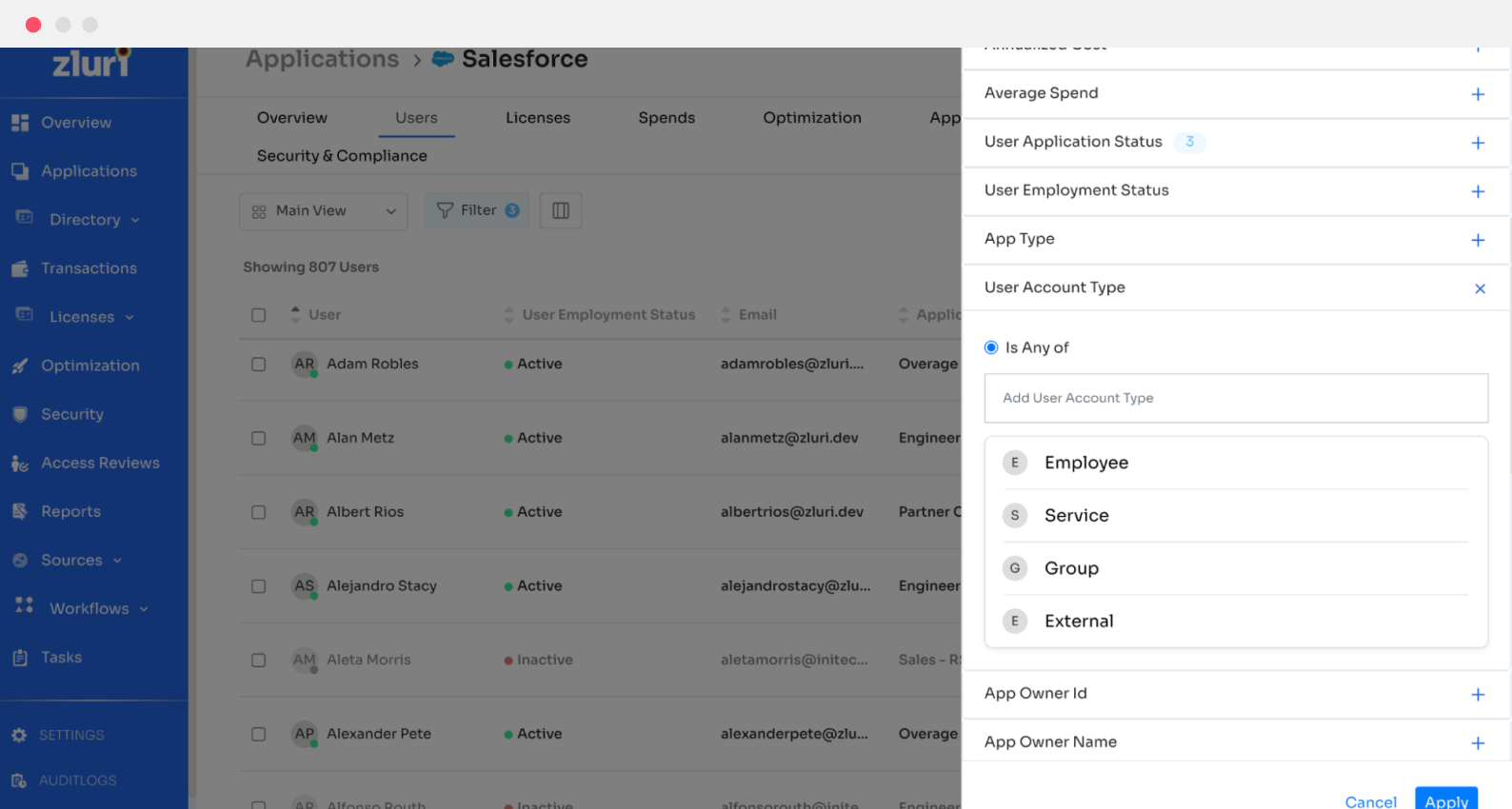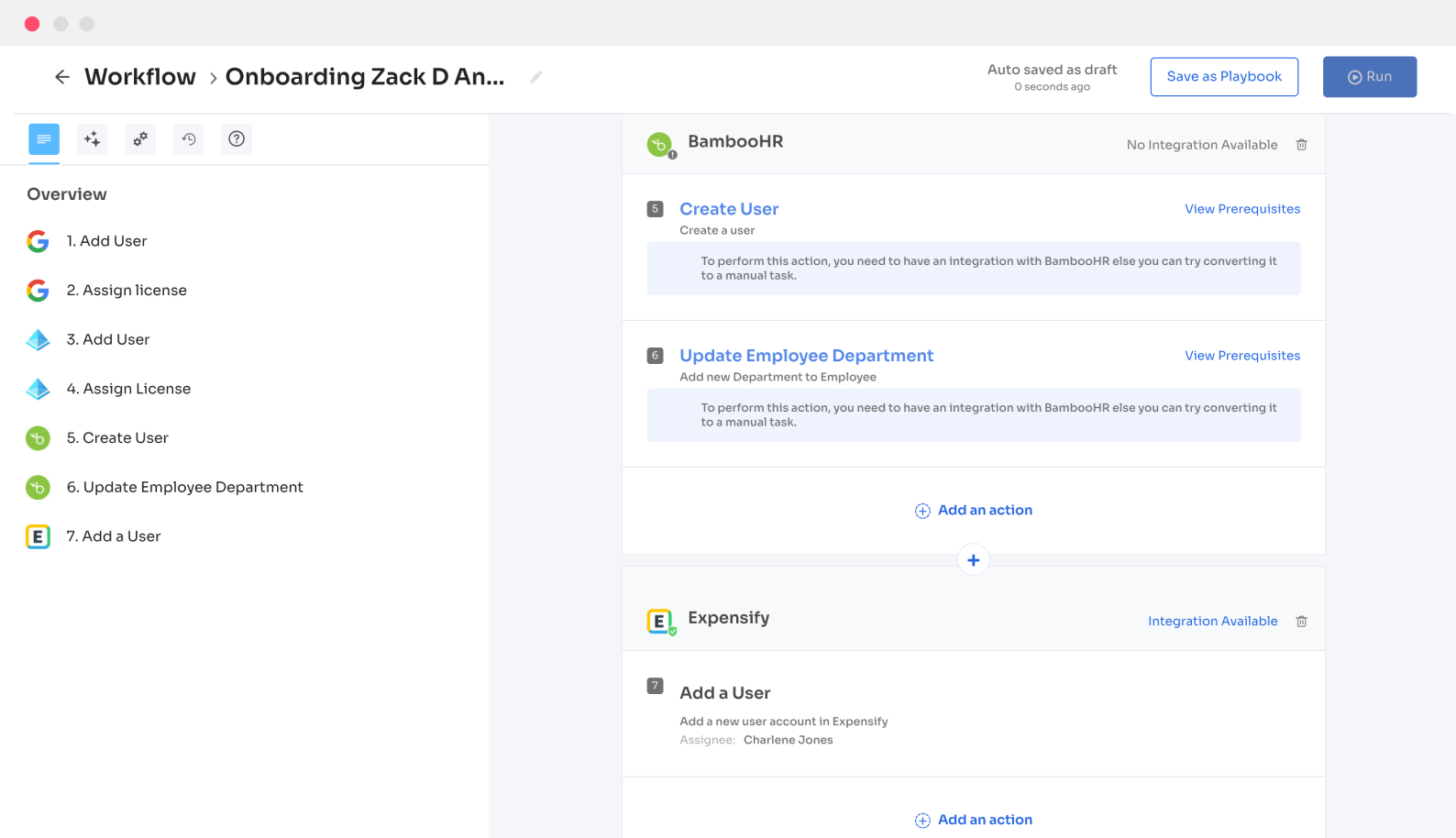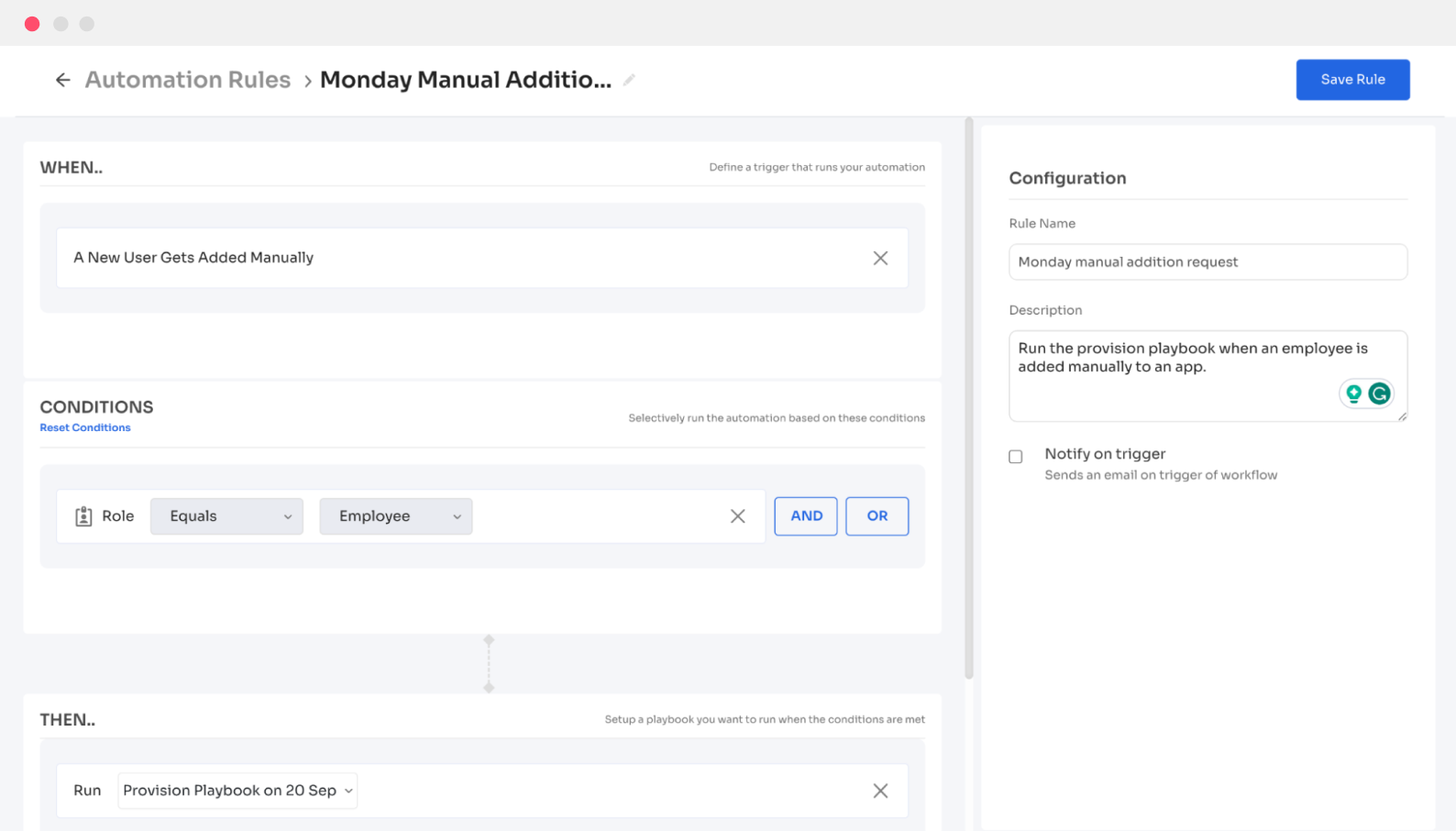Access Management
• 3 min read
Launching Access Management for Modern Enterprises | Zluri
15th February, 2024
SHARE ON:
In today's SaaS accelerated environment, access management stands as a linchpin in safeguarding organizational cybersecurity. However, the concerning reality is – access management is broken, and the repercussions are massive.
According to IDSA, More than one-third of security attacks are due to overprivileged access.
The advent of SaaS platforms has undeniably revolutionized collaboration and efficiency. Yet, with these advancements comes a new challenge: SaaS sprawl. This proliferation of diverse applications across organizations has led to a fragmented access landscape. On top of this, IT has limited access visibility & can control apps that support SCIM and not those without SCIM connectors.
This chaos not only exposes security risks but also creates a breeding ground for the dangerous combination of over-privileged access and incapability to moderate access at a granular level – a ripe opportunity for cybercriminal exploitation.
And here’s how we solve the problem: Zluri’s Access Management for modern enterprises.
Introducing Zluri’s Access Management
Zluri’s Access Management brings visibility and control to your organization by managing user access across federated & un-federated apps. The platform helps seamlessly automate on/offboarding at a granular level & restrict unauthorized access.
Zero-touch onboarding
The IT and security functions are bound to manage the JML lifecycle within an organization. Say, in this case, a bunch of new hires from various departments are set to be onboarded into the organization. However, there is no one-size-fits-all approach to this. Based on the department, birthright applications vary from person to person.
Even today, most of the employee onboarding process is carried out manually by either the HR or the reporting manager themselves.

-Intro Zluri, as and when a new hire is added to the HRMS portal, you can automatically provision birthright apps and access privileges to them with simple-to-build workflows.
Secure user deprovisioning
Moving on to the other end of the spectrum, whenever an employee is set to be off-boarded, how do you ensure they are revoked of all the resources, applications, and permissions associated with them? Reports claim that business breaches happen due to patchy offboarding, where former employees get to access the business data even after leaving the company.
Not just that, in certain cases, there might be a bump in the role or a change in the department for employees, and to date, there is no streamlined way in which access is managed for these internal movements, too.

-Intro Zluri, you can automatically modify or revoke access permissions based on role or department changes or when employees leave the organization by running pre-built playbooks.
Timely Contractor Management
In most organizations, contractors work for a stipulated time, and when they part ways with the organization, they still continue to have access to critical company applications and sensitive data. Ultimately, there is a lack of time-bound automation for companies to manage contractor access.


-Intro Zluri, you get to have the ability to set an offboarding date beforehand and also the visibility to find if the contractor is still active or not. More importantly, Zluri offers multi-time-zone onboarding and offboarding as contractors might be working from remote locations, and you can provision access to applications for a certain period, say, a day, week, or month.
Access beyond SCIM
In any organization, users would be signing up for various apps, either via their SSO or directly with email. Apps that fall behind SSOs are federated, whereas other apps are unfederated.
In reality, visibility is compromised, especially for unfederated apps. When it comes to control, although SCIM connectors are used, the breadth of actions you can perform via SCIM connectors is limited.

-Into Zluri, you get complete visibility into federated and unfederated apps and govern their access - even those without SSO or SCIM support. You can directly integrate with Non-SCIM apps and enable granular access.
Automate access requests with Slack
For all the problems stated above, like provisioning access, revoking access, etc, there is a long request-action cycle when done manually. For example, an employee from the design team has requested access to Figma. Without a workflow in place, you should either get a notification over the mail or would have to check the App Requisition platform manually.

-Intro Zluri, you can easily streamline access requests and manage approvals and rejections over Slack notifications, which is convenient when a large number of requests are flowing in.
See Zluri's unified access management platform in action.
Are you ready to get 360-degree visibility and 100% control of access?
Sign up for a demo to see Zluri’s Access Management in action.
FAQ:
What is Zluri’s Access Management?
Zluri’s Access Management is one platform that consolidates access control throughout the entire user lifecycle, covering federated, unfederated, and shadow apps.
How is Zluri’s Access Management different from the rest?
Zluri’s Access Management is different from the rest of the players because it helps with a holistic view of the entire SaaS stack i.e. 360-degree visibility, and the ability to build no-code workflows and automate them i.e. 100% control.
What are the various teams Access Management empowers?
Access Management helps IT and Security teams the most as they handle users and their associated access to the applications.
What is Access beyond SCIM?
SSOs can only control access/automate onboarding/offboarding for apps with SCIM connectors. Zluri helps manage access even for non-SCIM apps, which means access beyond SCIM.
How does Zluri gain visibility into applications and access?
Zluri’s powerful discovery engine is capable of discovering applications in 9 different methods. This helps users with a complete picture of applications used and the associated access.
Related Blogs
See More
Subscribe to our Newsletter
Get updates in your inbox
